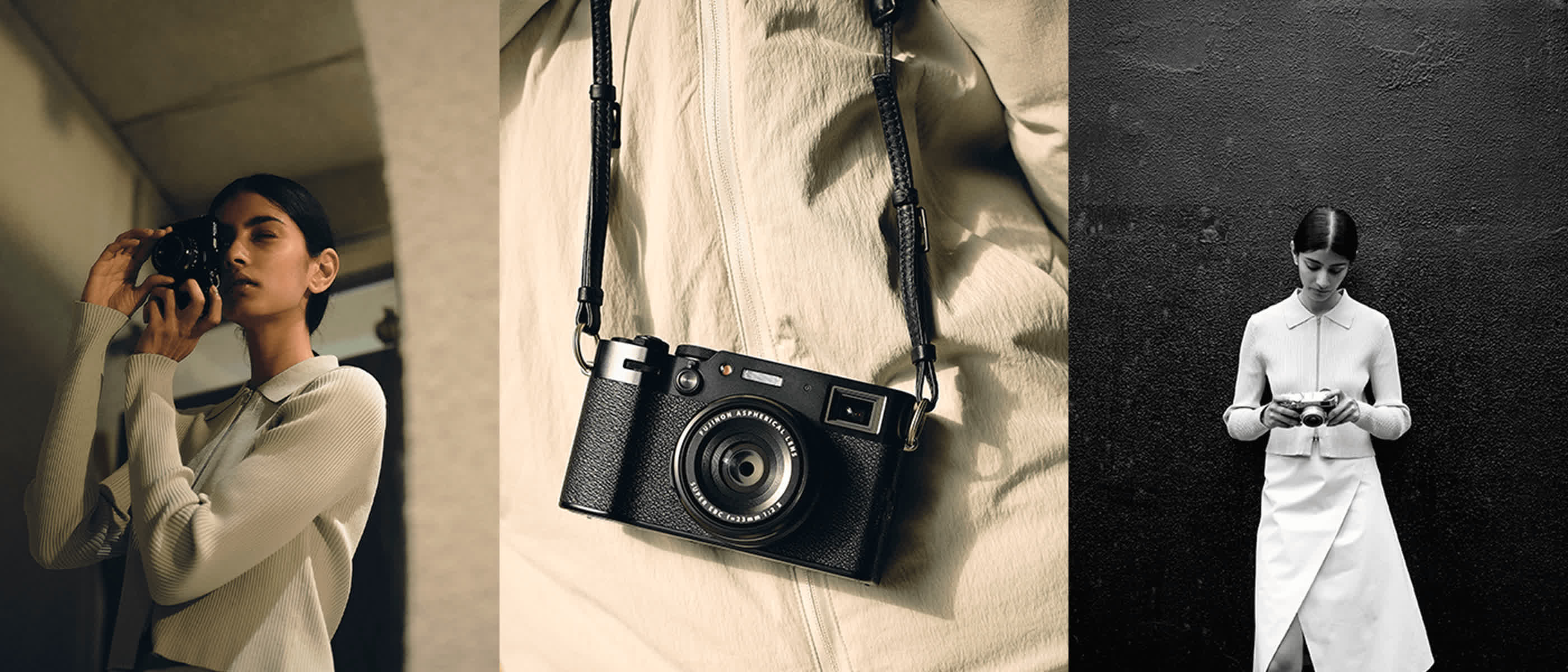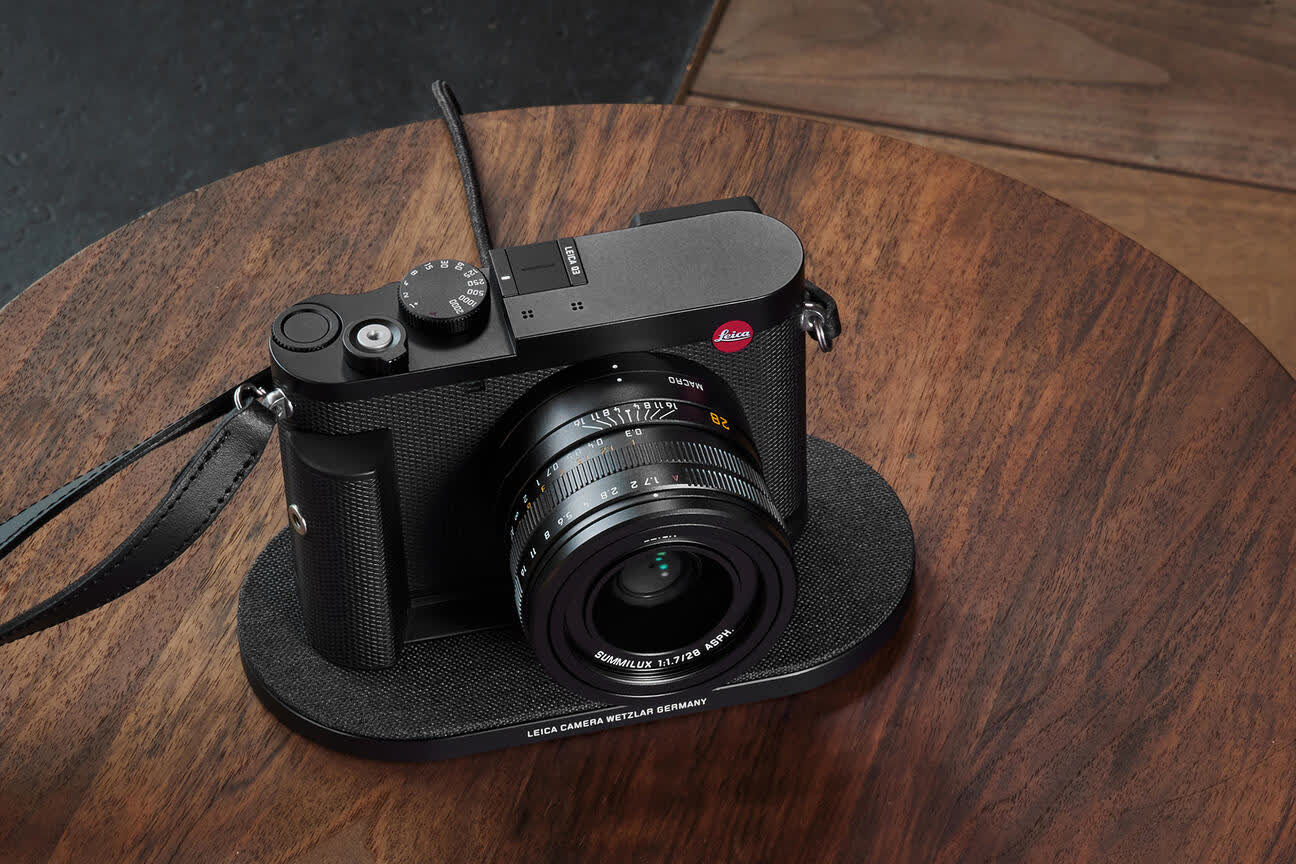The big picture: For over a decade, it seemed like standalone digital cameras were on the verge of extinction. As smartphone imaging capabilities soared, point-and-shoot models fell out of favor with the general public. Total digital camera sales plummeted by a staggering 93 percent from their peak. But upon closer inspection, a surprising renaissance is unfolding in the premium camera market.

While entry-level cameras have all but disappeared, elite models are making a strong comeback, as highlighted in a report by The Economist. The report notes that brands like Leica, Fujifilm, and Nikon have shifted their focus to high-end offerings – and it's paying off.
According to the Camera and Imaging Products Association, the average selling price of a new camera has tripled over the past six years. Their latest data shows that total global camera shipments from January through May 2024 increased nearly 12 percent year-over-year, reaching over three million units – the highest level in three years. This growth is largely driven by sustained demand for premium mirrorless cameras, which now outsell DSLRs 5-to-1 worldwide as that format continues to decline.

One of the biggest beneficiaries of this premiumization trend is the German brand Leica. Their latest model, the Leica Q3 full-frame camera, retails for a staggering $6,000 (and that's before optional add-ons like a $245 thumb rest). Despite the hefty price tag, demand has been so intense that there were six month waiting lists when it launched in 2023. In fact, Leica reported record sales last year, with revenue reaching 485 million euros, up nine percent from the previous year's 444 million euros.
Fujifilm has experienced similar demand for its premium X100 line. When the latest $1,600 model was released in February, it quickly sold out worldwide.
Ironically, what's driving this renewed appetite for expensive cameras is the ubiquity of mobile photography – at least according to Nikon President Muneaki Tokunari.
"We are now in an age where smartphones and digital cameras can coexist," explained Tokunari in a recent Japanese interview with Yomiuri. As he sees it, smartphone cameras gave a wider population a taste for creative photography as a passion rather than mere utility.
"I think smartphones have broadened the base of photography. As a result, our high-end models, which are at the top of the camera pyramid, are selling well," he added.
The enthusiasm for high-end gear among younger, culturally savvy audiences certainly supports this theory. Videos showcasing Fujifilm's iconic X100 series have garnered millions of views on TikTok. Premium cameras have become as much a fashion statement as professional tools.
High-end cameras make epic comeback despite smartphone ubiquity